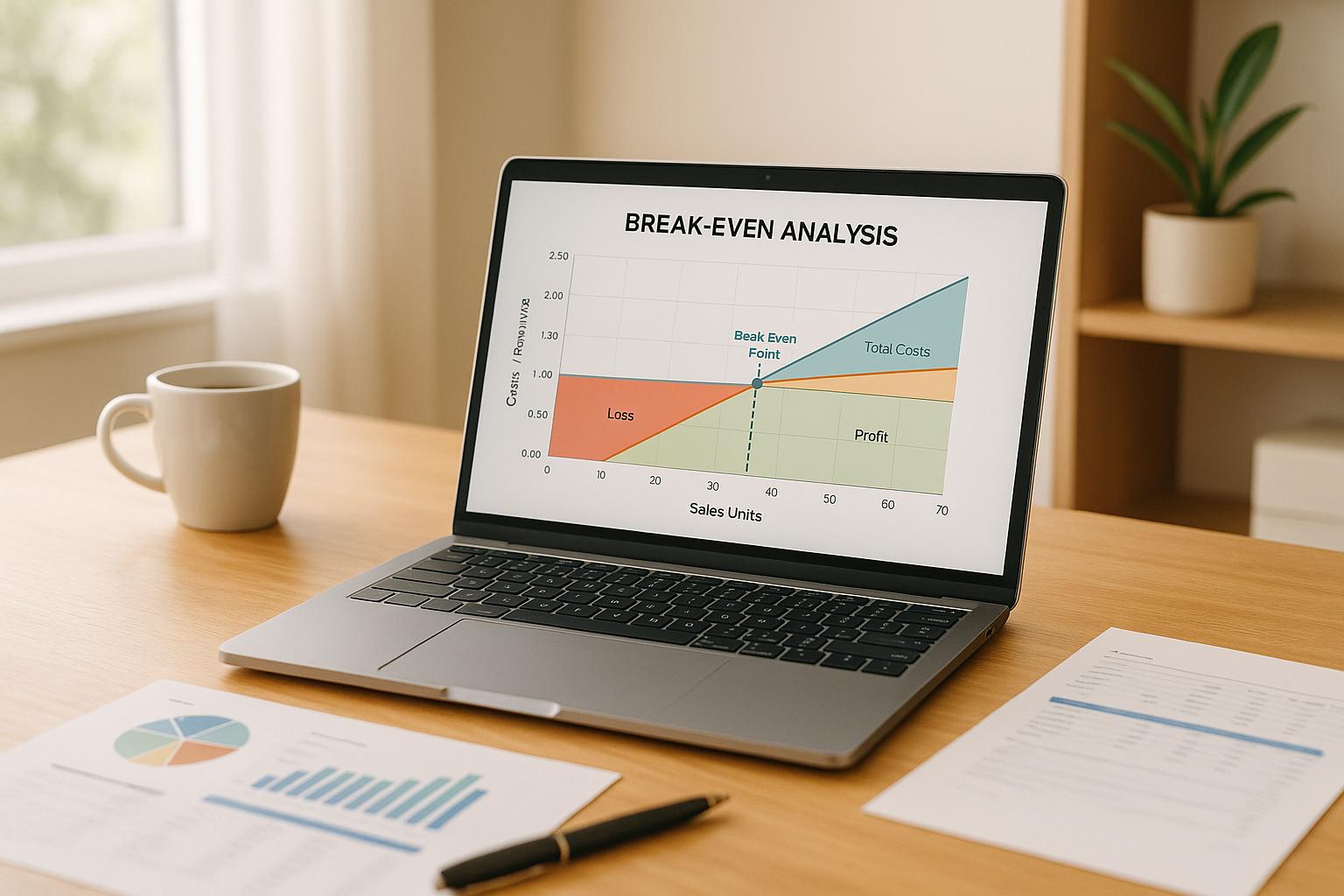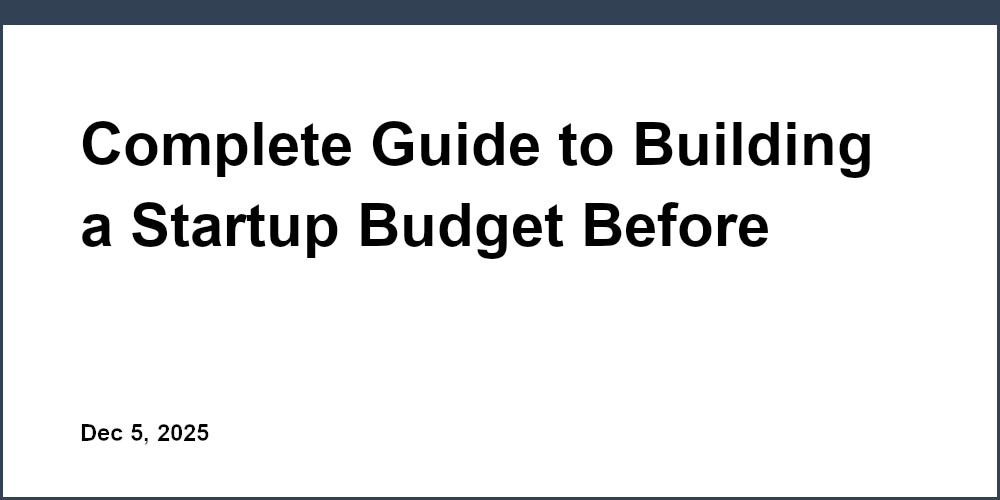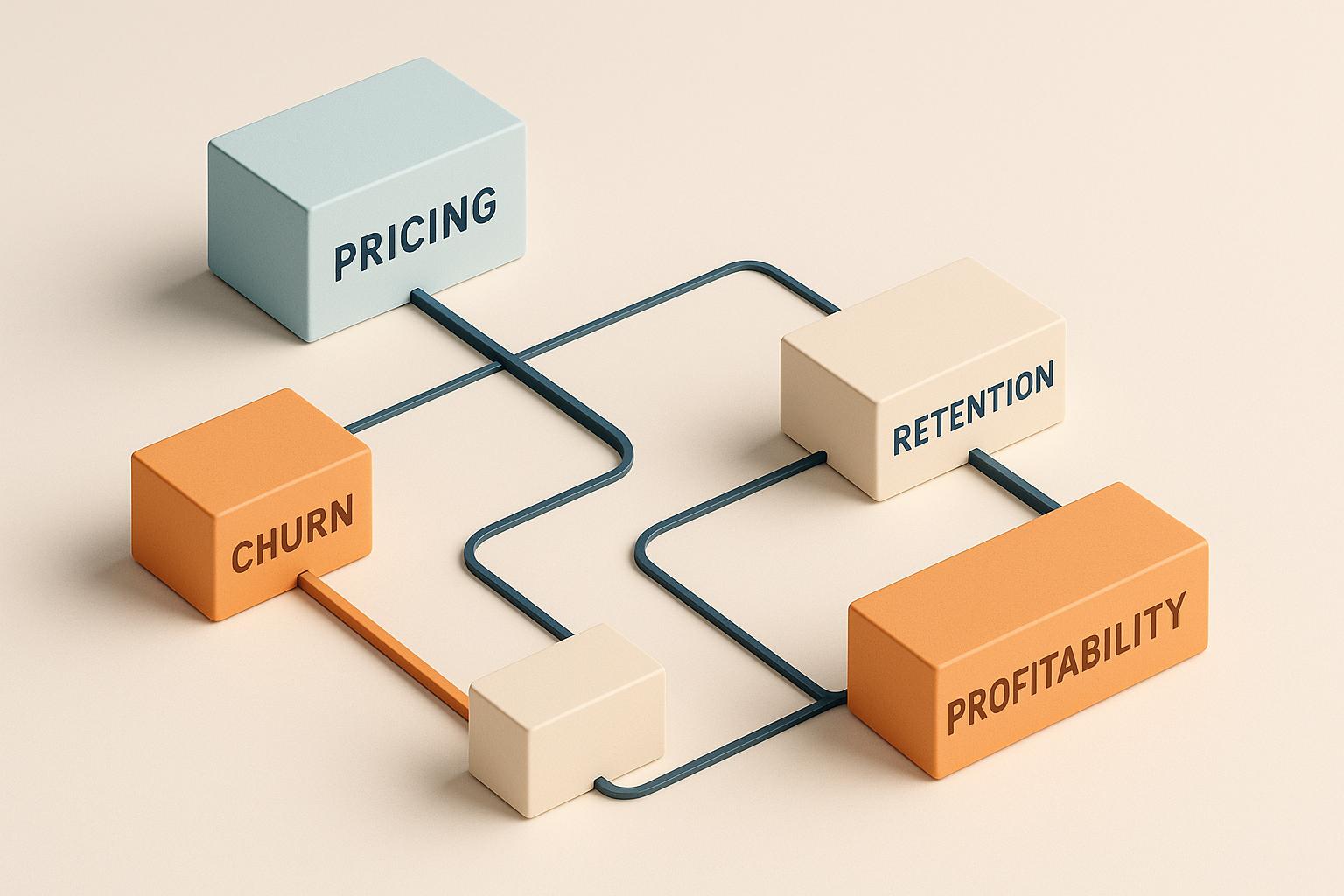Break-Even Analysis Tool for Clarity

markdown:
Understanding Your Business with a Break-Even Analysis Tool
Running a small business often feels like a balancing act. You’ve got bills to pay, products to sell, and a dream to turn a profit. That’s where knowing your financial tipping point becomes a game-changer. A break-even analysis helps you figure out exactly how much you need to sell to cover your costs, giving you a clear target to aim for.
Why Calculate Your Break-Even Point?
This kind of calculation isn’t just for accountants—it’s a practical way to make smarter decisions. By understanding the sales volume needed to stop losing money, you can tweak your pricing strategy or cut unnecessary expenses. Maybe you realize a small price hike could drastically reduce the number of sales needed to stay afloat. Or perhaps it’s time to renegotiate with suppliers. Either way, having this insight puts you in control.
Visualize Your Path to Profit
Tools that map out your costs versus revenue with a simple chart can be incredibly eye-opening. They show you the exact intersection where losses turn into gains. For any entrepreneur, this clarity is invaluable. It’s not about crunching numbers for the sake of it; it’s about building a roadmap to success, one sale at a time.
FAQs
What exactly is a break-even point, and why does it matter?
Your break-even point is the moment your business stops losing money and starts covering all its costs. It’s a critical milestone because it tells you how much you need to sell—either in units or dollars—before you can expect a profit. Knowing this helps you set realistic sales goals, price your products wisely, and even decide if a business idea is worth pursuing. Think of it as your financial finish line for covering expenses.
How can I lower my break-even point?
There are a few ways to bring that break-even threshold down, and they all boil down to tweaking your numbers. First, consider raising your selling price if the market allows—each extra dollar per unit boosts your contribution margin, meaning you need to sell less to cover costs. Alternatively, look for ways to cut fixed costs (like negotiating rent) or reduce variable costs (like finding cheaper suppliers). Even small changes can make a big difference, and our tool lets you play with these scenarios in real time.
Is this tool suitable for any type of business?
Pretty much! Whether you’re running a small bakery, an online store, or a service-based gig, this tool works as long as you can identify your fixed costs, variable costs per unit, and selling price. It’s especially handy for startups or small businesses trying to get a handle on their finances. That said, if your business model is super complex with multiple revenue streams, you might need to break things down into smaller segments for accurate results. We’ve kept it simple so most folks can jump right in.




